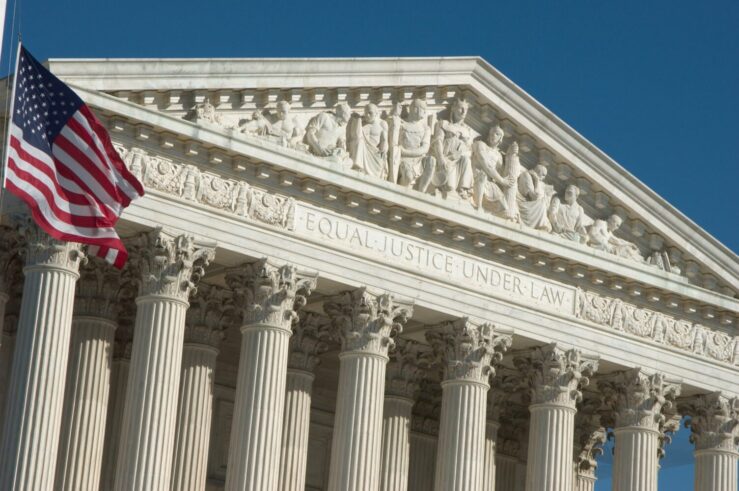Has the empirical question of whether affirmative action harms blacks been answered with a resounding no? Paul Butler thinks so. In a post about UCLA Professor Richard Sander’s next installment of research, Butler writes:
UCLA law professor Richard Sanders has done it again. He wrote an article a few years ago making the claim that affirmative action was responsible for lowering the number of black lawyers. This thesis was persuasively debunked by Blackprof’s Devon Carbado among others. Not to be deterred, Sanders has now advanced the same theory with regard to black partners in law firms.
Perhaps Butler is alluding to Carbado’s excellent post, which attempts to sharpen the empirical debate by asking what data would be sufficient to establish that affirmative action harms blacks and suggesting that such data must include information regarding “where blacks are in society as a result of affirmative [action].” Perhaps not. Carbado’s post doesn’t appear to even attempt such a “debunking.” So where does Sander’s empirical result stand? Carbado’s post warns: “Of course, there is no way to give proper treatment to this issue in this forum; it’s hard to have an empirical discussion on a blog.” But a discussion of the empirical issues here seems worthwhile, and I am not convinced this medium renders such a discussion impossible. I am willing to bet the ELS Bloggers agree with me that the blog medium does not prevent such a discussion of the empirical evidence.
Like much of the legal academy, I have read Sander’s work, the criticisms (57:6 Stan. L. Rev.), Sander’s replies (e.g., here and here), and even a sur-reply. I also found this useful Legal Affairs Debate Club exchange between Sander and ELS Blog’s Bill Henderson. While I have read most of the literature at some point or another, I admit that I have only casually followed the empirical exchange between Sanders and his various critics. That caveat aside, Butler’s claim that Sander’s results have been “persuasively debunked” struck me as either: (1) premature, (2) wrong, or (3) a sign that I have really not been following this debate.
I’m not making any normative statements here. For that matter, I’m not taking a position on the empirics without doing some more homework. This is, however, one of the most followed empirical debates the legal academy has seen recently (perhaps only second to this) and so I thought it worthwhile to dig a little bit deeper here.
My relatively uninformed impression of the debate was that Sander’s fundamental result, that affirmative action reduced the number of black lawyers, had not been “debunked.” I had assumed that either no consensus had been reached and the question was still “live,” or the literature had moved on to more precisely identifying the causal mechanisms at work (is it mismatch or something else?) but had at least on some scale accepted the result. Such a state of play, of course, would not be abnormal for a relatively young empirical debate. As such, my hunch was that Butler’s description was probably inaccurate on the merits. Does anybody following the empirical exchange more closely than I have a sense of whether a consensus has in fact been reached in either direction? If so, what is it? Is the perception that Sander’s results have been debunked? If so, what is it that he has identified? If there is no consensus, what are the open questions?
I am really looking for empirical answers from folks that have read the literature and are familiar with the evidence rather than more general views on affirmative action. ELS guys? Bill?
NOTE: For those interested in a shorter version of at least Sander’s views and his responses to critics, his posts at the Volokh Conspiracy are a nice place to start.




